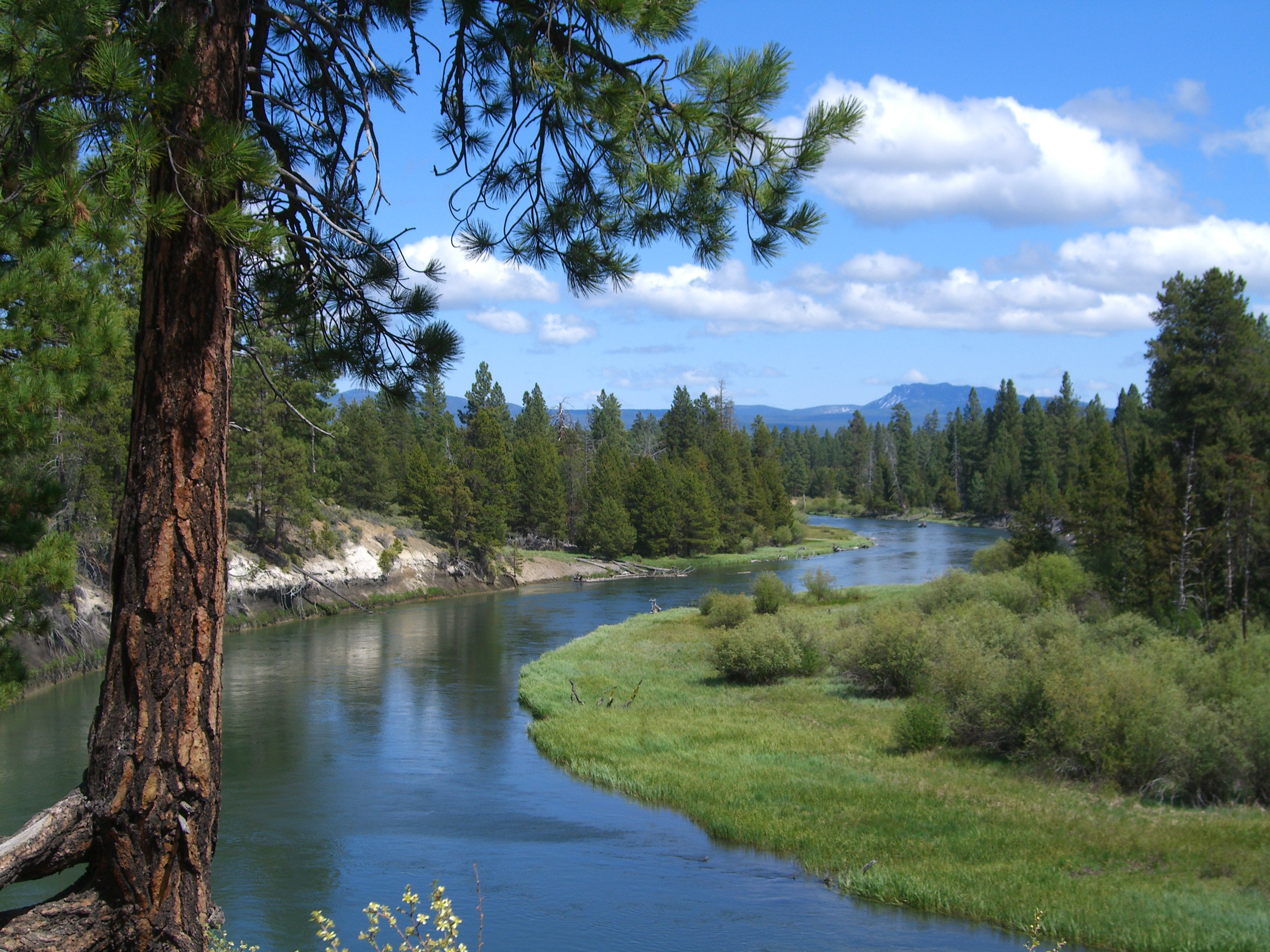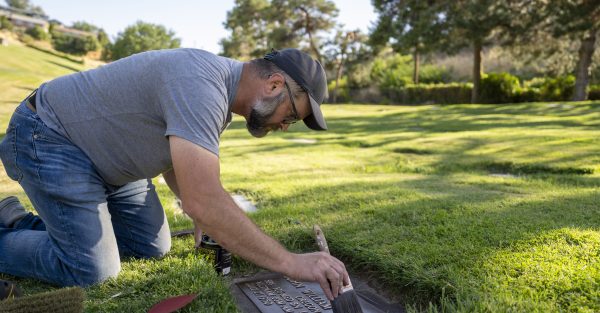World champion bull’s quartet of clones come to Round-Up for first time
Published 11:35 pm Tuesday, September 10, 2013

- <p>The four bulls cloned from Pandhandle Slim have identical DNA, but vary slightly in the arena.</p>
Im Back, Mr. Slim, Another One and Slims Ghost keep tightly pressed against each other in their pen at the Round-Up Grounds. With their black spots and white bodies, the bulls look like duplicates.
In fact, they are.
Trending
Back in 2005, Texas contractor Scott Accomazzo used the genes of 1997 world champion bull named Panhandle Slim to make six clones. Two didnt make it. The other four went to stock contractor Jeff Robinson of Mars Hill, North Carolina.
Theyre all good buckers, Robinson said. Although theyre not quite at the level of Panhandle Slim, all have competed in PBRs world finals.
This year marks the first time bull clones have competed in the Pendleton Round-Up.
Panhandles duplicates are the only clones to date to buck well enough for top competitions. While Panhandles career buck-off rate was nearly 85 percent, their rates range between 71 and 83 percent with Mr. Slim at the top of the bunch.
Theyre also big babies when outside of competition mode, according Steven Wyncoop, who cares for the bulls. Out on the range, the seven-year-old beasts will nuzzle up to Wyncoop and let him ride them around.
Theyre my buddies out there, he said. Its unusual for one to be like this, let alone all four.
Trending
Fellow stock contractor Ike Sankey calls the 1,300-pounders funny little bulls.
Theyre like a grade school group, he said. They dont get along with the other guys.
Mysteriously, Panhandle Slim wasnt as keen on humans as his proteges are. Even with the same DNA, the bulls still have subtle differences in size, skill and personality. According to Robinson, their black spots are in slightly different places, yet they all have the same exact percentage of black and white.
Those disparities are attributed broadly to the environment. A test tube embryo was placed in four separate mother cows. Each mother then reared and nursed the calf, although she had no genetic influence on them.
Robinson said he doesnt think much about the fact that the bulls are clones. Even though they have been successful, he said its his first and last venture into the cloning world because of the expense. Robinson did not say how much he paid for the four bulls but said it cost Accomazzo about $40,000 to clone Panhandle.
Along with the expense came controversy. Many were against Accomazzos decision for moral and religious reasons, and others thought he would flood the market with clones. Accomazzo has said he wouldnt clone again, and neither would Robinson.
I, personally, wouldnt (clone a bull), Robinson said. I figure I just bought them.
It is strange, looking into the four bulls eyes. A fifth bull walks in front of them and they position their horns, warning him to stay away.
The clones, genetically, are no different than identical twins of Panhandle Slim. And like some twins, they are perfectly in sync. When one spins clockwise, the rest follow without a thought.
To the untrained eye they look identical, but Wyncoop said he can tell the difference between the quadruplets.
Theyre good bulls, Wyncoop said. If a man had 20 of these, hed be set.
The group of four will be bucking?Saturday at Round-Up.
Contact Natalie Wheeler at nwheeler@eastoregonian.com or 541-966-0836.









